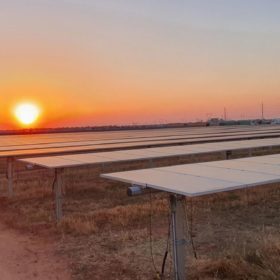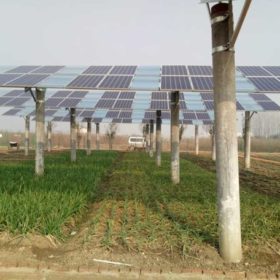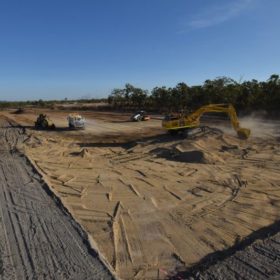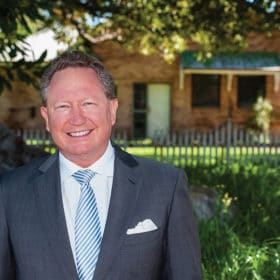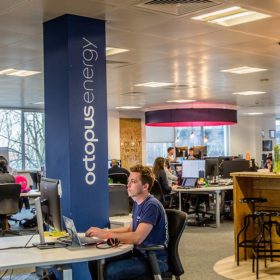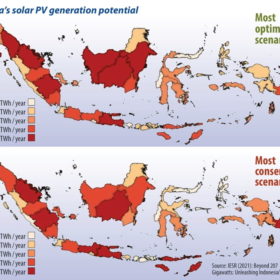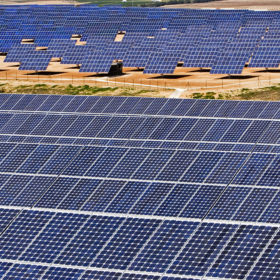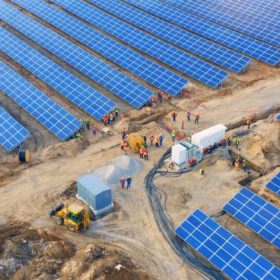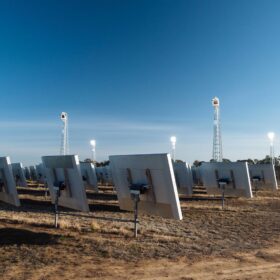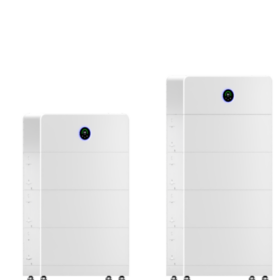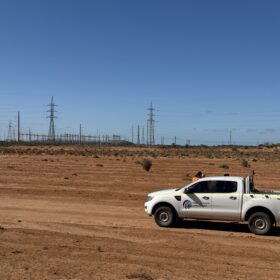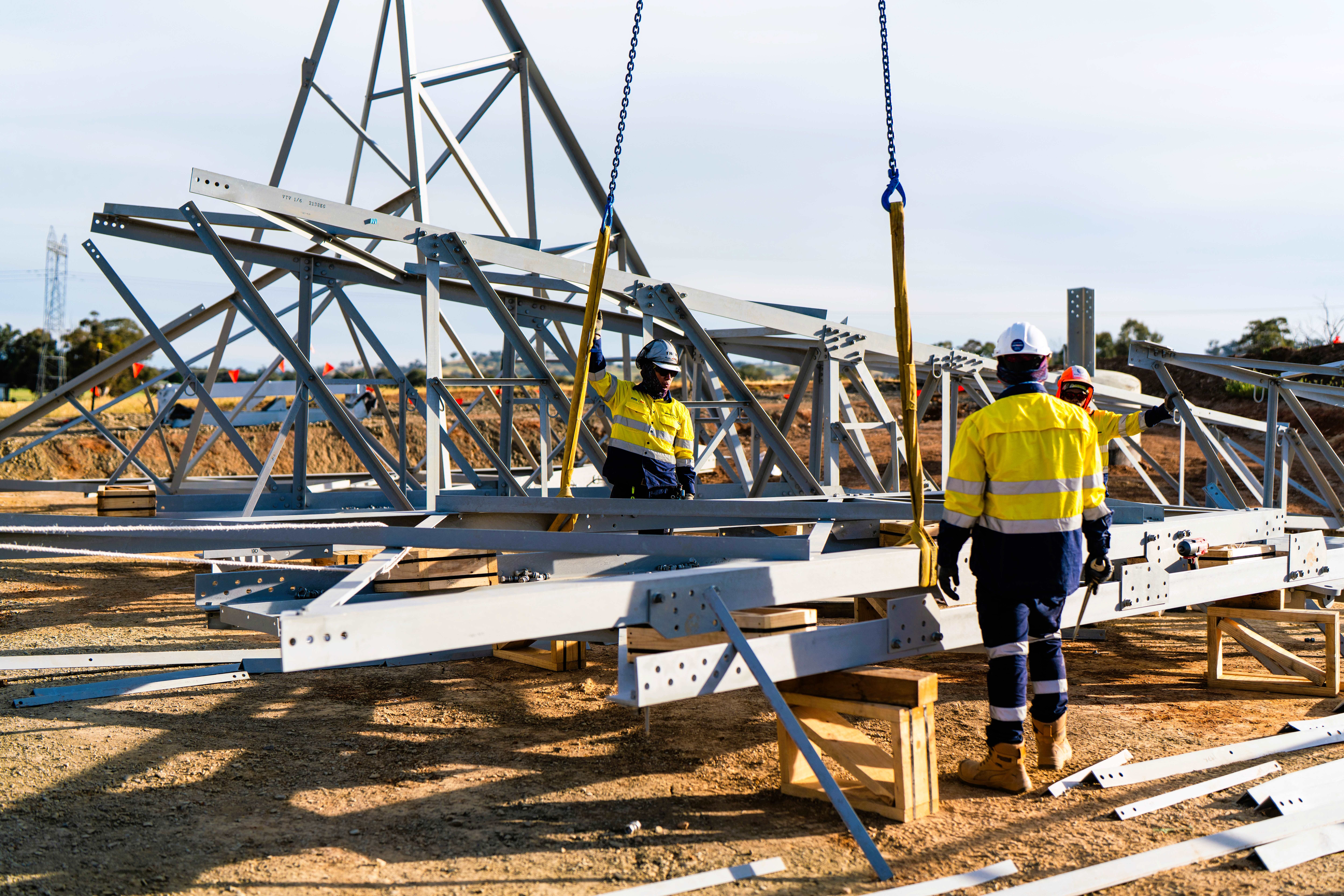Octopus Group partners with CEFC to accelerate solar farm projects
The Australian arm of global fund manager Octopus Group has expanded its renewable energy portfolio, teaming with the Clean Energy Finance Corporation to purchase the rights to develop two proposed utility scale solar-storage hybrid power plants in Victoria’s Gippsland region.
Novel plant design for agrivoltaics improves yield
Developed by Chinese researchers, the novel design methodology consists of utilising metal brackets as mounting structures, conventional solar panels, and a grooved glass plate placed between the solar panels. According to its creators, it ensures a farmer’s average income increases by 5.14 times, including the solar power generation business. A system built with this approach should cost around €715 (AU$1145) per kW installed.
Construction of Jabiru solar+storage hybrid project hits next phase
Work on the Jabiru Hybrid Renewable Project – featuring solar PV and battery energy storage – has achieved another milestone with project developer Energy Developments Limited confirming clearing works for the power plant being built in the World Heritage-listed Kakadu National Park are now complete.
Australian firm partners with JSW Energy on green hydrogen projects in India
Australia-based Fortescue Future Industries has partnered with JSW Energy arm on green hydrogen production and application in India.
Powering Australian Renewables completes $2.7 billion Tilt Renewables takeover
Powering Australian Renewables Fund, a partnership between AGL Energy and QIC, has formally taken control of Tilt Renewables on the same day the consortium called on the Australian federal government to set a net zero 2050 target.
AEMO’s 2021 IASR sets new scenarios and ambitions for Australia’s solar industry
Solar PV is an important contributor to all energy scenarios presented in AEMO’s latest “Input, Assumptions and Scenarios Report,” but what’s the best possible outcome it can enable?
How Origin can pull the plug on gas and top Australia’s clean-energy leader board!
Australia’s big energy providers are being forced to take stock of the costs of fossil fuels versus renewables. One industry analyst and commentator has a fresh recipe for success for Australia’s biggest wholesaler and retailer of gas.
Sunday read: Indonesia’s coal exit plan
Indonesia, the second-biggest coal exporter in the world, is now taking more steps to reduce its dependency on “black gold” as it starts to consider clean energy.
Aldoga Solar Farm’s 600 MWp expansion receives approval
Acciona Energía has received approval from the Queensland state government for an expansion of its plans for the Aldoga Solar Farm outside Gladstone. Originally slated as a 250 MW project, the project will now reach a capacity of 600 MWp and work to support the development of Gladstone’s green hydrogen hub.
Mining giant unveils $73 million hybrid solar+storage project
Mining giant BHP has taken another step on the path towards a renewable energy future, commissioning a 48.2 MW solar + storage hybrid power facility that will help power its Nickel West mining operations in regional Western Australia.
